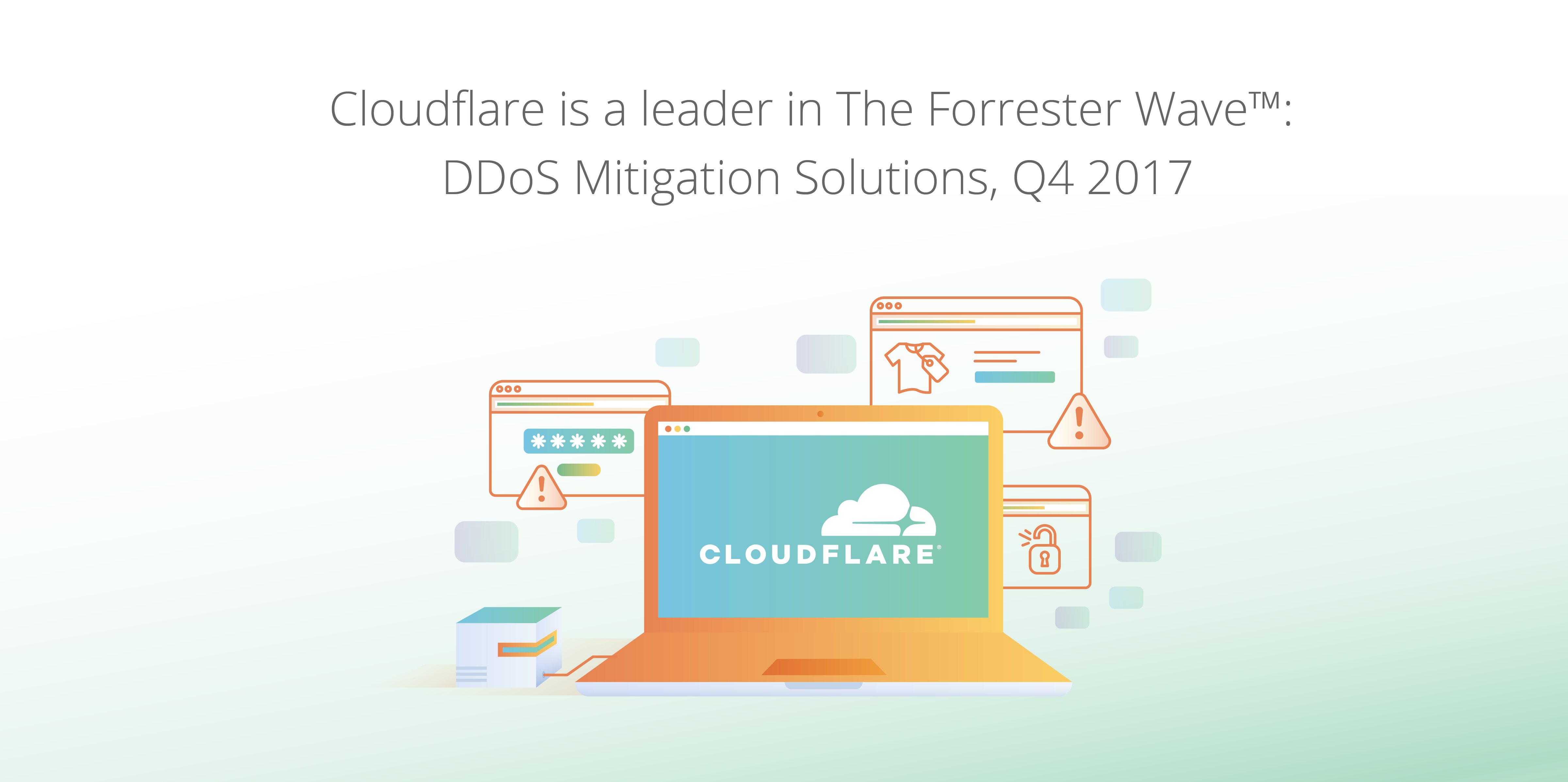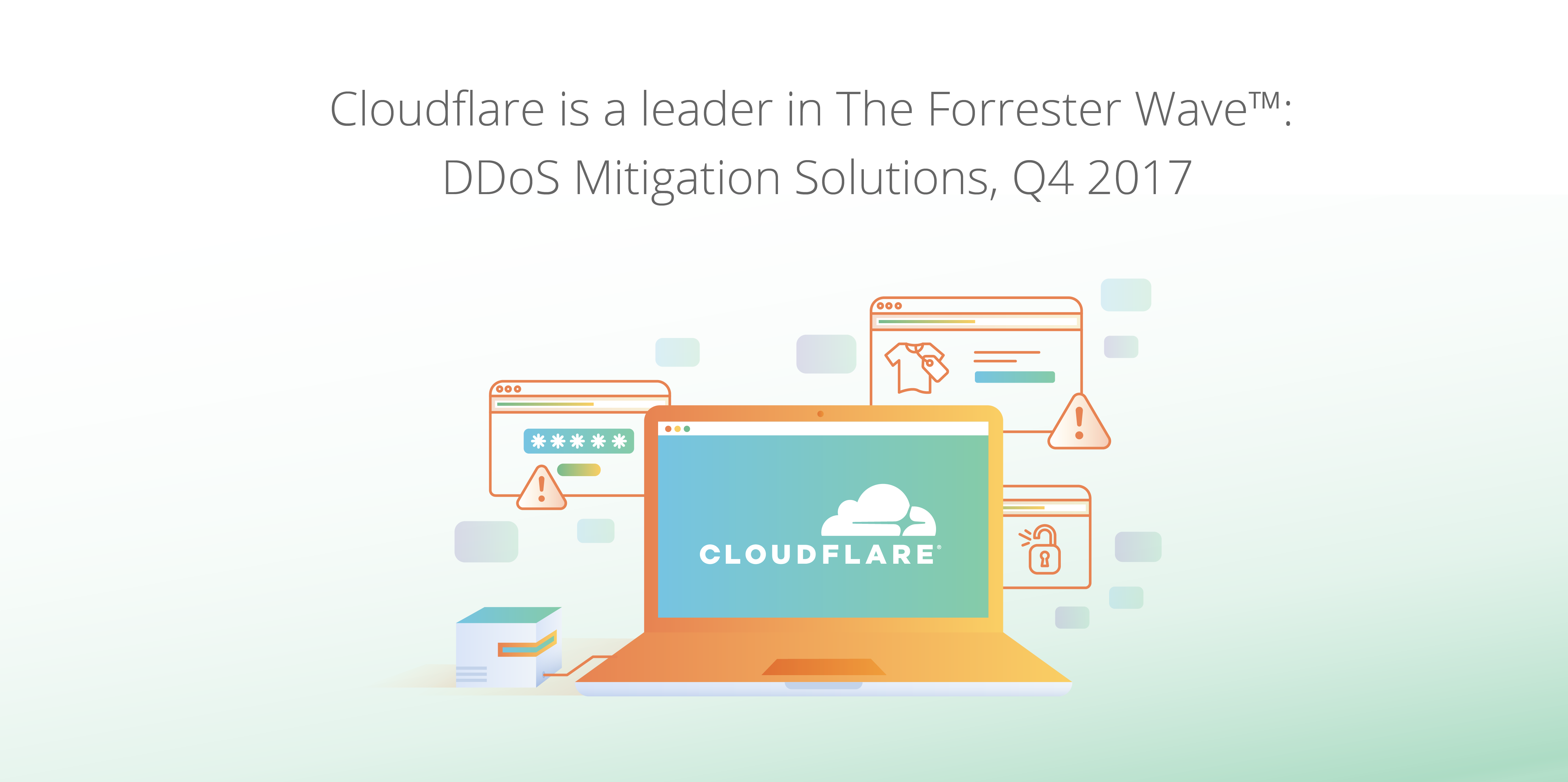Building a new IMDB: Internet Mince Pie Database
 CC-BY-SA 2.0 image by Phil! Gold
CC-BY-SA 2.0 image by Phil! Gold
Since joining Cloudflare I’ve always known that as we grew, incredible things would be possible. It’s been a long held ambition to work in an organisation with the scale to answer a very controversial and difficult question. To do so would require a collection of individuals with a depth of experience, passion, dedication & above all collaborative spirit.
As Cloudflare’s London office has grown in the last 4 years I believe 2017 is the year we reach the tipping point where this is possible. A paradigm-shift in the type of challenges Cloudflare is able to tackle. We could finally sample every commercially available mince pie in existence before the 1st of December. In doing so, we would know conclusively which mince pie we should all be buying over Christmas to share with our friends & families.
What is a mince pie?
For the uninitiated, a Mince Pie is “a sweet pie of British origin, filled with a mixture of dried fruits and spices called mincemeat, that is traditionally served during the Christmas season in the English world.” - Wikipedia for Mince Pie
The original Mince Pie was typically filled with a mixture Continue reading
Network Visibility with Barefoot Deep Insight

As you may have heard this week, Barefoot Networks is back in the news with the release of their newest product, Barefoot Deep Insight. Choosing to go down the road of naming a thing after what it actually does, Barefoot has created a solution to finding out why network packets are behaving the way they are.
Observer Problem
It’s no secret that modern network monitoring is coming out of the Dark Ages. ping, traceroute, and SNMP aren’t exactly the best tools to be giving any kind of real information about things. They were designed for a different time with much less packet flow. Even Netflow can’t keep up with modern networks running at multi-gigabit speeds. And even if it could, it’s still missing in-flight data about network paths and packet delays.
Imagine standing outside of the Holland Tunnel. You know that a car entered at a specific time. And you see the car exit. But you don’t know what happened to the car in between. If the car takes 5 minutes to traverse the tunnel you have no way of knowing if that’s normal or not. Likewise, if a car is delayed and takes 7-8 minutes to exit Continue reading
The variability of Internet Traffic
The post The variability of Internet Traffic appeared first on Noction.
Software-Defined Data Centers: VMware Designs
Learn best practices for configuring VMware SDDC components in this excerpt from "Building VMware Software-Defined Data Centers."
Video: Switch Buffer Architectures
A while ago (in the time of big-versus-small buffers brouhaha) I asked JR Rivers to do a short presentation focusing on buffering requirements of data center switches. He started by describing typical buffer architectures you might find in data center switches.
Juniper: Send in the Bots for Network Peering, Testing
 Telefónica is already testing the AppFormix Health Bot.
Telefónica is already testing the AppFormix Health Bot.
On the Leading Edge – Cloudflare named a leader in The Forrester Wave: DDoS Mitigation Solutions


Cloudflare has been recognized as a leader in the “Forrester WaveTM: DDoS Mitigation Solutions, Q4 2017.”
The DDoS landscape continues to evolve. The increase in sophistication, frequency, and range of targets of DDoS attacks has placed greater demands on DDoS providers, many of which were evaluated in the report.
This year, Cloudflare received the highest scores possible in 15 criteria, including:
- Length of Implementation
- Layers 3 and 4 Attacks Mitigation
- DNS Attack Mitigation
- IoT Botnets
- Multi-Vector Attacks
- Filtering Deployment
- Secure Socket Layer Investigation
- Mitigation Capacity
- Pricing Model
We believe that Cloudflare’s position as a leader in the report stems from the following:
An architecture designed to address high-volume attacks. This post written in October 2016 provides some insight into how Cloudflare’s architecture scales to meet the most advanced DDoS attacks differently than legacy scrubbing centers.
In September 2017, due to the size and effectiveness of our network, we announced the elimination of “surge pricing” commonly found in other DDoS vendors by offering unmetered mitigation. Regardless of what Cloudflare plan a customer is on—Free, Pro, Business, or Enterprise—we will never terminate a customer or charge more based on the size of an attack.
Because we protect over 7 Continue reading
Cumulus content roundup: December
It’s the most wonderful time of the year — that’s right, it’s time for another Cumulus content roundup! We’ve wrapped up all of the best content in a neat little package just for you. (Think of it as an early holiday gift!) Whether you’re interested in centralized configuration or just trying to learn the basics of Linux, this roundup is your roadmap for what’s in this season. The latest articles, videos, industry reports and more are at your fingertips, so get cozy by the fireplace and check out what’s new in open networking trends.
Cumulus content
Linux Networking 101 guide: Searching for an easy, comprehensive guide to Linux networking? Look no further! Download this ebook and start learning the language of the data center.
Forrester’s 2017 Vendor Landscape Report: This report will take you through the characteristics of a network that’s built for the future and help you navigate the vendor ecosystem. Read on to see if your data center is ready for 2018.
Gartner report: How open is your network vendor?: Many vendors claim to have open solutions, but which ones can support those claims? Check out this report to learn the five questions you Continue reading
VMware, Servers Boost Dell Technologies Q3 Fiscal 2018 Earnings
 The company reported triple-digit growth in HCI.
The company reported triple-digit growth in HCI.
Cloudify Delivers Cross-Cloud Functionality with Kubernetes Plugin
 Cloudify has officially spun off from GigaSpaces.
Cloudify has officially spun off from GigaSpaces.
IHS: Carrier Spending on NFV Will Top $37B in 2021
 Carriers continue to invest in virtual CPE, too.
Carriers continue to invest in virtual CPE, too.
Making Education Accessible for All: Vashkar Bhattacharjee’s Story
We recently shared the first part of Vashkar Bhattacharjee’s story. Vashkar is the National Consultant, Accessibility, A2i, Prime Minister’s Office of Bangladesh, and the Program Manager, Young Power in Social Action (YPSA). Here is Part Two.
Setting up an accessible digital talking book system (DAISY) in Bangladesh
After training in Japan, I was armed with knowledge in leadership and technology and wanted to create digital access for people with disabilities in Bangladesh. I wanted to prove that people with disabilities like me can work in our job market, but nobody wanted to believe me. With Young People in Social Action (YPSA), a social development organization in my home district of Chittagong, I worked as a volunteer on creating computerized braille production, which allows for printing to be in done in Braille, thus creating the tools for education for people with visual impairment. Very soon, we obtained funding to establish a digital lab, called ICT and Resource Center on Disability (IRCD), to develop assistive technologies and content for persons with disabilities.
In 2005, I was introduced to the Digital Accessible Information System (DAISY) Consortium, where I received inspiration from international experts to work harder and smarter, and make better use Continue reading
2017 Next-gen Software-defined (SDx) Infrastructure Assurance Available Now
 Download now to learn the latest on the APM and NPM market.
Download now to learn the latest on the APM and NPM market.